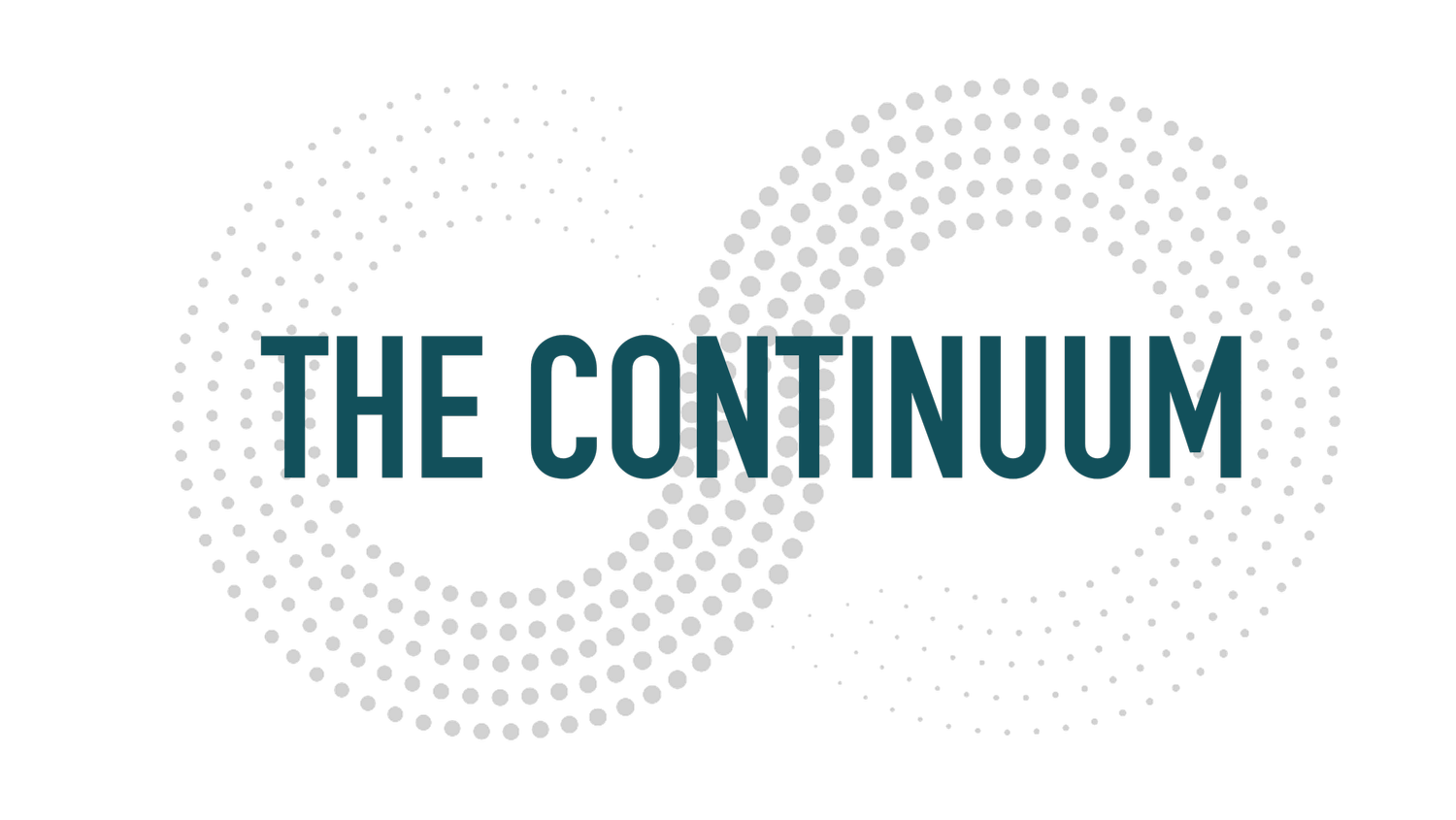How To See Better.
The Future Does Not Fit in the Containers of the Past.Edition 240.
The best photographers become so not because of their equipment, or the exotic locations they are sent to, or the incredible opportunities to photograph celebrities or events they are offered, but because they have perfected the art of seeing.
This art of seeing can be honed via practice and in The Photographer's Eye by John Szarkowski he identifies five keys to see like a photographer which are: 1) The Thing Itself, 2) The Detail, 3) The Frame, 4) Time and 5) Vantage Point.
Each one of these five are also great tools to use to improve thinking for personal and business decisions.
The Thing Itself.
One of the keys to proper thinking is to see the situation for what it is.
To face reality. To collect the facts. To not have FOFO ( the fear of finding out).
If we traffic in magical thinking, look away from the problem and assume away what is real it is hard to think straight.
The Detail.
Every challenge and opportunity lies in the details. One or two key variables that the enterprise turns on. Forgetting that interest rates could go up and that you can not lend or lease in the long term while borrowing in the short term led to Silicon Valley Bank’s and WeWork’s implosion.
Similarly in the sea of data lies the pattern which reveals the meaning.
In hindsight the key details and critical data are obvious. But to reveal what drives the machine and makes the clock tick we need to analyze and scenario plan.
The shifting of parameters often reveals the key variables we take for granted or need to be aware of.
Ask what key details or critical data that drive assumptions. And then think about when they change what new new risks or opportunities are created?
The Frame.
Framing a problem is a key to solving it.
If one does not start with the right question the solution might never have a chance of being correct.
Similarly framing a situation or an offer is key to how someone looks at it.
Everything is in context with everything else and this ability to frame is an essential tool to the best problem solvers and sales people.
Time.
Placing things in perspective from a past, present and future lens allow one to stress test one’s thoughts.
Scavenging the past reveals treasures for the future but stay frozen in the past and there will be not future to treasure. So it is critical to both move forward from yesterday to today as well as backward from tomorrow to today.
In addition, it reminds us that timing is key to understand when to launch a product or service.
Too soon or too late is a problem as is too slow or too fast.
A decision that can be reversed should be made fast versus one that cannot should be marinated in time.
Vantage Point.
In a famous Japanese movie Rashomon truth depends on where one stands. The same crime when viewed from four vantage points lead to different conclusions as to what actually happened..
Being able to think from the perspective of a buyer if one is a seller, from a disrupter if one is a legacy company or having the empathy to understand other peoples perspective are key to clear thinking.
So next time when making a decision or evaluating a situation 1) look hard at the situation or thing itself to make sure the facts are understood, 2) parse the detail and the data, 3) frame the question or the solution, 4) interrogate it with time scenarios and 5) view it from different vantage points.
March 20, 2025
© 2025 The Continuum

